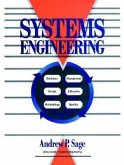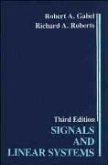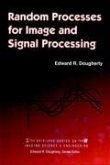A guide to the theory and application of methods of projections. With the rise of powerful personal computers, methods of vector space projections have moved rapidly from the realm of theory into widespread use. This book reflects the growing interest in the application of these methods to problem solving in science and engineering. It brings together material previously scattered in disparate papers, book chapters, and articles, and offers a systematic treatment of vector space projections. Written by two leading authorities in the field, this self-contained volume provides a tutorial on projection methods and how to apply them in science and engineering. It details effective problem-solving strategies, and explores key applications in communication and signal processing, neural networks and pattern recognition, and optics and image processing. This book: * Reviews the fundamentals of vector space theory * Covers principles and applications of vector space projections in general, and projections onto convex sets in particular * Provides real-world examples solvable on PCs and modest workstations * Features more than 100 illustrations * Includes end-of-chapter exercises and references. This extremely useful reference for practicing engineers, scientists, and educators can also be used for graduate-level study in science, mathematics, and engineering. Portions of the book have been used as material in short courses on applications of vector space projections.








